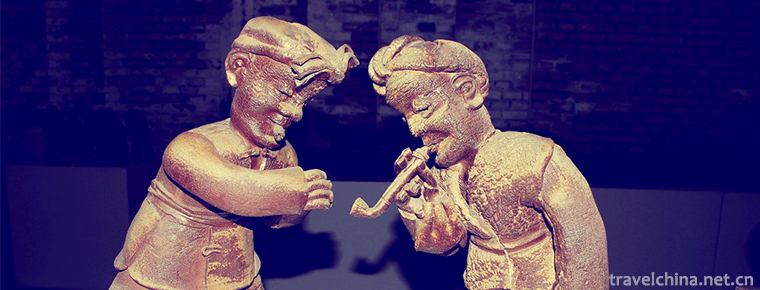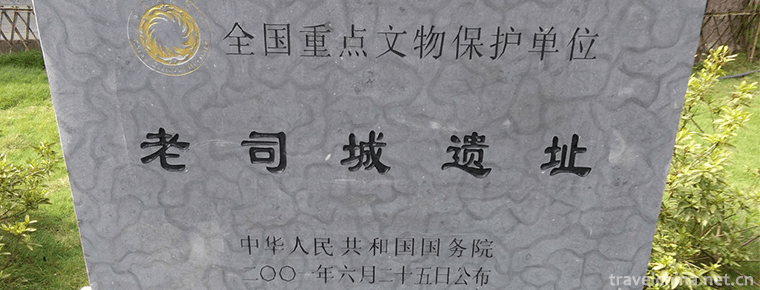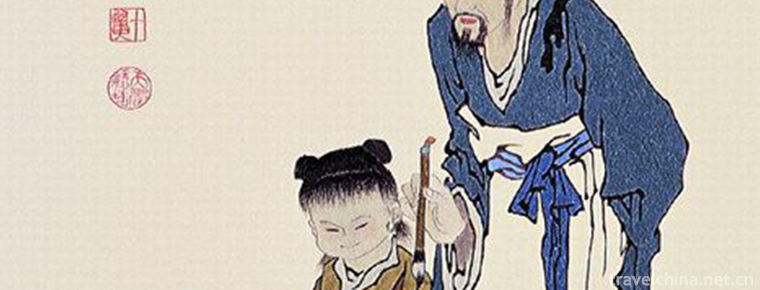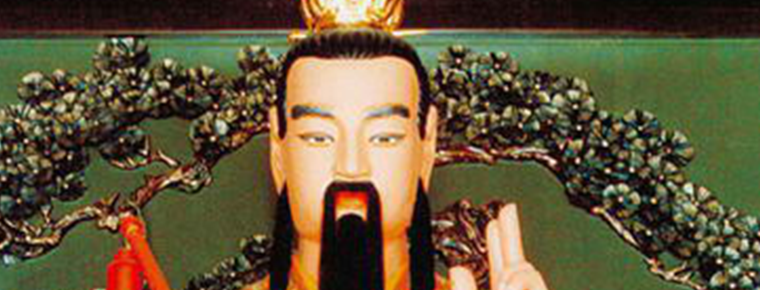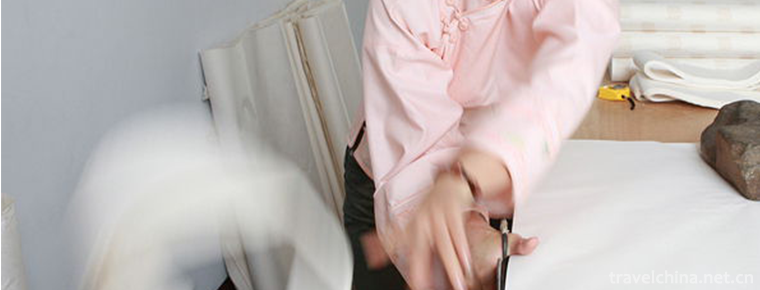Traditional Wooden Ship Manufacturing Techniques
Traditional Wooden Ship Manufacturing Techniques
brief introduction
Fuyang has a long history of shipbuilding. As early as the Tang Dynasty, water transportation was glorious. Fuyang Lingqiao wooden boats are mainly distributed in towns along the Fuyang River, especially in Lingqiao, Dongzhou, Yushan and Lishan. The craft of bridge wooden ship is strange, conservative craft has high technical content and technical basis, and modern shipbuilding technology is difficult to replace. Its wooden sailboats are built by wind and skidding. They have strong wind resistance. The level 7 and 8 of the sailboats are generally driven by light wind energy, and there is no pollution such as music and diesel oil in flight. The whole ship consists of more than 100 components such as cabin, stern and windward beam, all of which are manufactured by hand.
historical origin
Fuchun River has a long history of going up the ship (wood). The famous ship can be traced back to the Dongwu Water Division of the Eastern Wu Dynasty in the Three Kingdoms Period. The Fuchun River was also the manufacturing site and training ground of warships. The fleet and craftsmen led by Zheng He in the Ming Dynasty during his voyage to the West also had many Fuyang people, which could be said to have a long history of ships. Fuchun River also created a group of shipbuilders. Zhang Yousong, Shacun, Dongzhou School, has been famous since his grandfather and father. Because of his excellent skills and numerous apprentices, most of the boating in Fuchun River was created by Zhang Jia, and his reputation was impetuous for a time, which had great influence. They use exquisite shipbuilding skills to build different types of ships with different functions, such as official ships, cargo ships, passenger (ferry) ships and so on.
basic content
Before there was no bridge on the Fuchun River, water shipping was the main way to communicate the traffic between the north and the south, so there was a great demand for traditional wooden boats. The Fuchun River is dominated by wooden sailing boats. The sailing depends on wind power and skidding. It has strong wind resistance. Category VII and VII gales can run normally. There is no noise and diesel pollution during the sailing. Traditional wooden boats are mainly made of Chinese fir and other raw materials, supplemented by nails, hemp silk, lime and tung oil. The whole shipbuilding process is divided into nine parts: material selection, material preparation, material breakage, ingredients, broken board, partitioning board, assembly, flax beating and ash filling, oil tanker and launching water. The whole ship generally consists of more than 100 components such as cabin, stern and downwind girder, all of which are manually operated, and the process is complicated. There are no drawings in the process of production. It relies solely on the vision and experience of the shipbuilder. The traditional wooden boats on the Fuchun River are of various kinds, reflecting the exquisite handicraft of the residents along the Fuchun River.
basic feature
"A wooden ship depends on experience, no drawings, no information." Lv Xie said to the author, "Building wooden sailboats is a relatively difficult and long apprenticeship craft. It usually takes more than ten years of study to work alone. The timber, sails and masts used in shipbuilding are very particular, and they are totally calculated by heart. The error of load tonnage of the wooden sailboat can not exceed 10%. It takes more than 10 workers a month to build a ship.
Main value
Lingqiao wooden boat has a unique manufacturing technology. Traditional manufacturing technology has a high technical content and technical basis. Modern shipbuilding technology is difficult to replace. Wooden boat craftsmanship is a rare exquisite skill and a precious wealth accumulated by the working people for a long time. Wooden boat is the historical witness of Fuchunjiang culture. It is necessary to preserve and inherit the technology of making wooden boat to build a famous city of landscape culture. It is a potential tourism resource, adding the flavor of the Fuchun River for tourists to enjoy and take pictures, and adding weight for Fuyang to become a famous tourist hotspot.
Endangered situation
Nowadays, there are few people in Fuyang who can build wooden sailboats alone. Lu Jiehe, 62, is the youngest among them. Lv Jiehe's tone of voice reveals a trace of helplessness and sadness when he tells the author about these things.
Lu Jie and 12 years old learn shipbuilding skills with his father, 15 years old can build fishing boats, 20 years old began to build various wooden boats. In 1986, Lujia set up Wangjiami Shipyard. Fifteen workers learned the skills of making ancient ships. Since the 1990s, all-steel boats have replaced man-made wooden boats. The market of wooden boat production has been frozen, and the market of wooden boats has almost been cut off. It is difficult to carry on. In addition, the wooden boat production process is more complex, the technical difficulty is greater, the practice cycle is long, the physical consumption is large, young people are unwilling to learn, so the skills are difficult to continue. This whole set of craft, if not protected, is in danger of losing its heritage.
protective measures
In order to continue the craft of ancient ships, Lv Jiehe developed it into an industrial one. Besides exhibition, all models of ancient ships are also manufactured and retailed to promote people's understanding and understanding of ancient ships. Three years ago, because of his personal interest, Lv Jiehe also made models of Western ships to further promote the market.
In 2009, Lingqiao wooden boat production technology was awarded the third batch of provincial non-heritage projects, which received the attention of the Fuyang Municipal Government. According to Xu Shunfa, director of the Municipal Non-Heritage Center, city leaders made important instructions on the protection and utilization of wooden boat making techniques this year, and asked relevant departments to increase their support. At the same time, the local government is very supportive. Sun Yanqing, the mayor of Lingqiao Town, also said that he would provide all-round support for the construction of ancient ship exhibition halls and workshops.
The non-heritage center of Fuyang Wenguang New Bureau has put forward corresponding concrete measures for the protection of this non-heritage project, requiring that the inheritance, popularization and utilization of wooden boat skills be promoted; that the service work be done well for the inheritors; that the exhibition hall of wooden boat making skills be built; and that the industrial protection of non-heritage projects be carried out, which will be the best form of cultural heritage.
Manufacturing techniques, methods, or processes
Lushi's ancient ship is made of Chinese fir, camphor, pine, cotton cloth and tung oil. It is made into an ancient ship through five main processes. The technological process of shipbuilding is as follows:
1. Lofting (calculating material quantity and taking material);
2. Sawblade;
3. Shipbuilding hull;
4. Cut the seam, then mix it with tung oil, lime and hemp bars, and then plug it into the seam to prevent leakage.
5. Paint with tung oil 2-3 times.

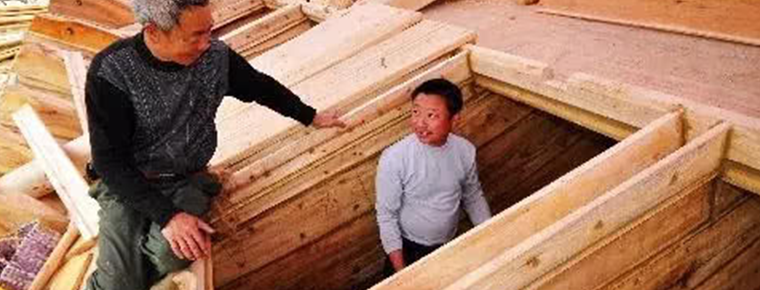
Traditional Wooden Ship Manufacturing Techniques
-
Fuping Pottery Art Village
Pottery Village is located in the north of Fuping County. It relies on the site of Tang Dingzhou Kiln. It is a cultural and custom experience scenic spot consisting of a quasi-three-star hotel, three
Views: 169 Time 2019-01-12 -
Yongshun Tusi City Site
Laosicheng Site in Yongshun, Hunan Province, is located in Laosicheng Village, Lingxi Town, more than 20 kilometers east of Yongshun County, Tujia and Miao Autonomous Prefecture
Views: 233 Time 2019-03-05 -
The Site of the Ancient Great Wall of the Warring States Period
When people mention the Great Wall, they will think of the Great Wall from Shanhaiguan to Jiayuguan. However, in Xilingol League, there are also the ancient Great Wall, which is not as famous as the G
Views: 191 Time 2019-03-09 -
Fish Swallow in Bazhen Fresh Soup
Ingredients: Six or two fish swallows are served well. Lentinus edodes, crab willow, Jinhua ham, clam, shrimp
Views: 221 Time 2019-03-27 -
Gu embroidery
Gu embroidery, a traditional folk art in Shanghai, is one of the national intangible cultural heritages.
Views: 162 Time 2019-05-01 -
The legend of Huang Daxian in Huangchuping
Huang Chuping's legend is one of the local folklores in Jinhua, Zhejiang Province. It originated in the Eastern Jin Dynasty. The earliest written record was in The Biography
Views: 85 Time 2019-05-04 -
Tajik Eagle Dance
Tajik Eagle Dance, a folk traditional dance in Tashkurgan Tajik Autonomous County of Xinjiang Uygur Autonomous Region, is one of the national intangible cultural heritage.
Views: 259 Time 2019-06-17 -
Sayerhao of Tujia Nationality
"Sayeer Hao" of Tujia nationality in Changyang, Hubei Province is a kind of sacrificial song and dance of Tujia nationality in the middle reaches of Qingjiang River valley. "Sayer Haw&q
Views: 387 Time 2019-06-23 -
Xuan Paper Making Skills
The production of Xuan Paper, first through a leather production process and a grass production process, and then through more than 100 processes.
Views: 153 Time 2019-07-09 -
Needlework of Chinese embroidery
Category: random needling, straight needling, disc needling, trowel needling, grabbing needling, flat needling, scattered wrong needling, weaving embroidery, applying needling, auxiliary needling, variant embroidery
Views: 148 Time 2020-12-12 -
Characteristics and types of Chinese embroidery
The main artistic features of hand embroidery are neat patterns, beautiful silk, fresh and elegant colors, rich needlework, appropriate elegance and beauty, and exquisite and exquisite embroidery. As far as the needling methods of embroidery are concerned,
Views: 246 Time 2020-12-12 -
Guangan scenic spot
By 2018, there are 24 A-level scenic spots in Guang'an City, of which Deng Xiaoping's hometown is a national 5A scenic spot, and six scenic spots, including Huaying Mountain tourist area, Shenlong mountain Ba Ren stone city, baozhensai, Tianyi Vall
Views: 350 Time 2020-12-19
